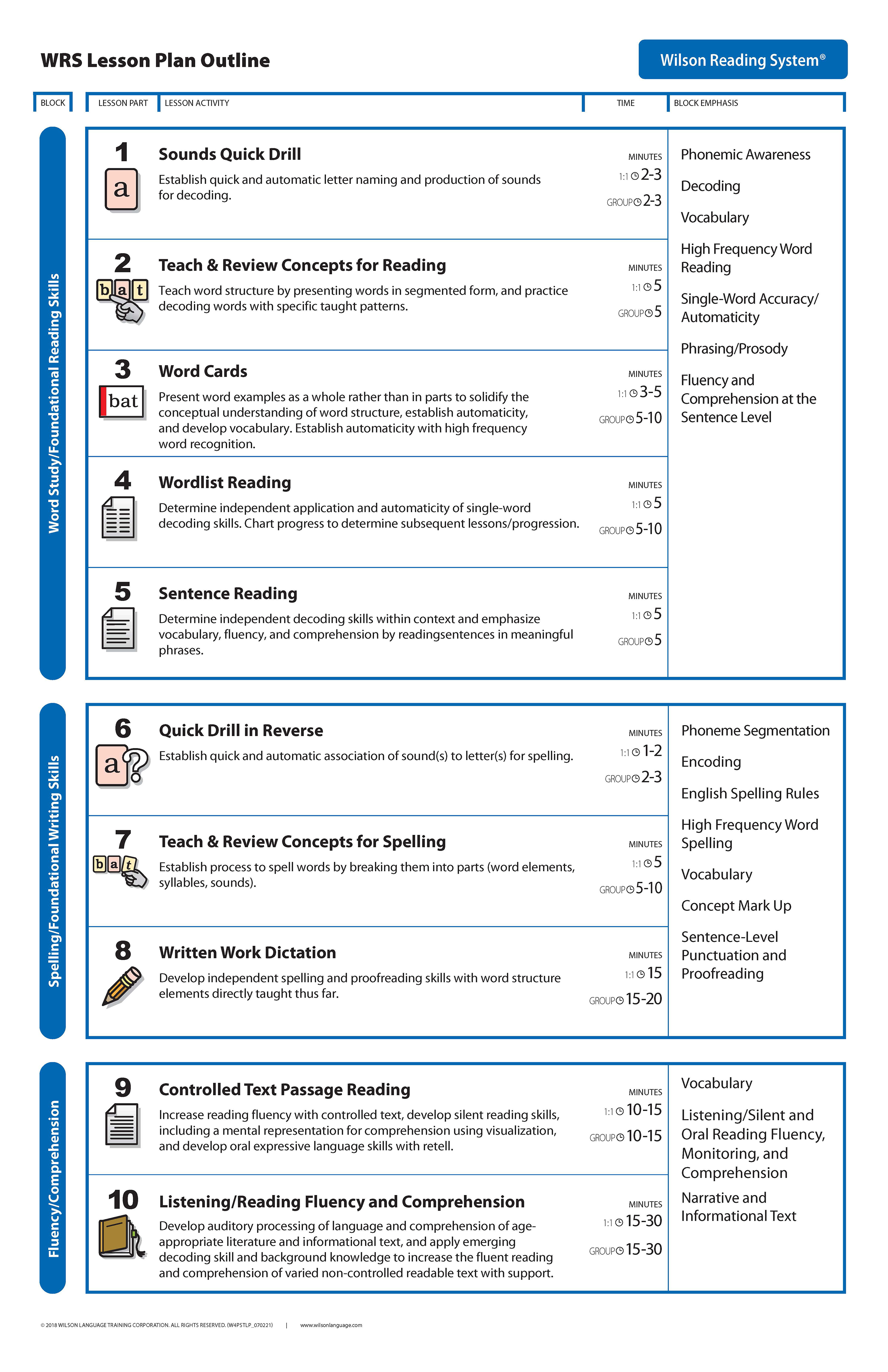
Drawing, specifically, is a useful tool because it allows students who may not be ready or able to communicate complex ideas in writing or speech (K-2 or English Language Learners) to communicate their beliefs about science.Īs a classroom activity, Draw a Scientist can be accompanied by time for students to share their drawings with the rest of the class and to discuss observations, including around commonalities and differences among the drawings.

In fact, asking students to draw a scientist doing science has been a tool used in a large body of research that addresses many aspects of society’s perception of science, including issues around gender and race. One way of collecting this information and building this awareness is through the Draw a Scientist activity. It can also be eye-opening for students to consider their own biases around who can be a scientist, and the possible impacts of those ideas on how they view science and their relationship to the subject. Building an awareness of students’ views is important for educators in deciding where to spend time and what to focus on with students. So how can we help students to have more accurate views of science and inclusive images of scientists?Īn important first step in shifting these views is becoming aware of what your students’ currently-held beliefs are around what a scientist is and does. Conversely, if students can see themselves in a profession or subject, they are more likely to devote time and engage in that subject (Finson, 2010).

Unfortunately, holding onto these images of scientists doing science in this way can make it difficult for students to see themselves as scientists, and cause them to see science as separate from their daily lives. Characteristics of the stereotypical scientist include being white, male, working independently in a lab, and usually with test tubes.

Views held by students of what scientists look like and how they engage in science are often narrow and exclusive, reflecting stereotypes of science and scientists that have existed for decades (Finson, 2010). What do your students imagine a scientist does? Who is a scientist, according to your students? Who even has the ability to do science or become a scientist?


 0 kommentar(er)
0 kommentar(er)
